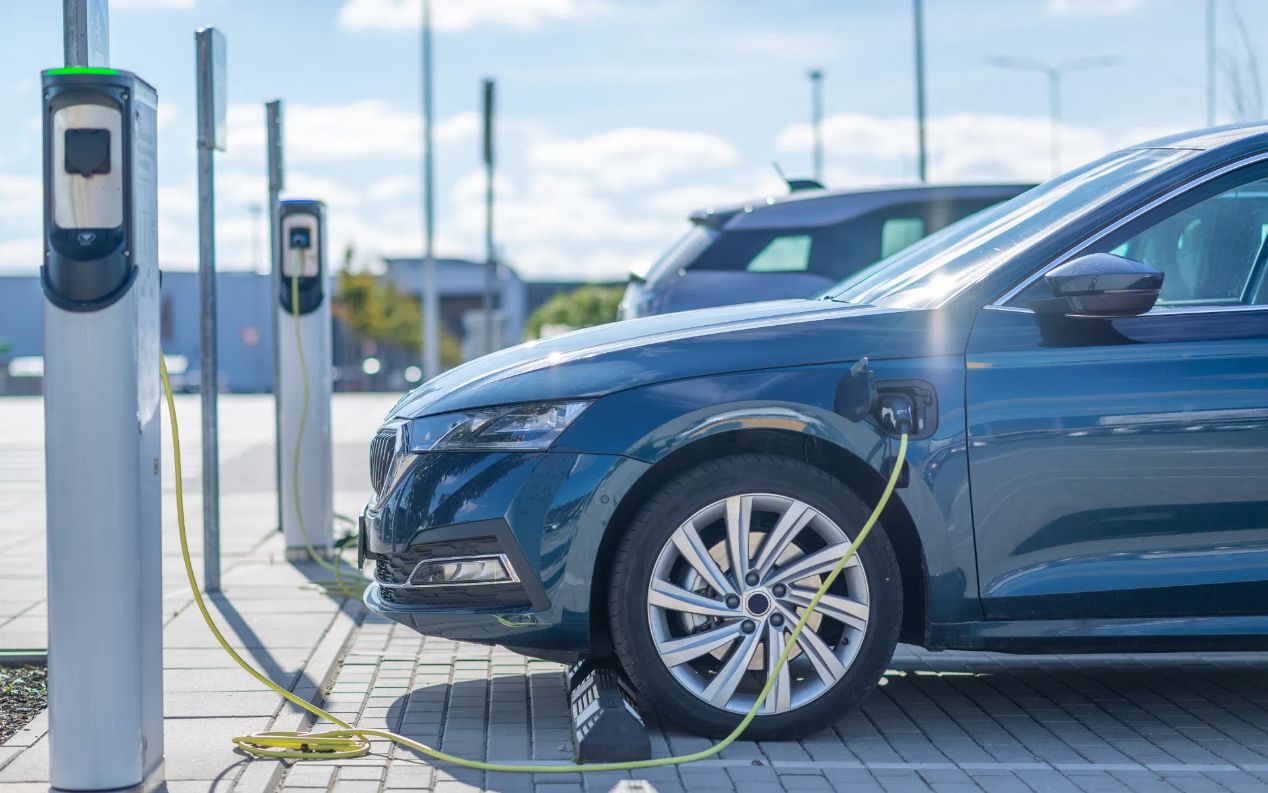Electric vehicle charging
The state of electric vehicle charging in North America is way too much like smartphone charging wars — but focused on much more expensive hardware. Like USB-C, the Combined Charging System (CCS, Type 1) plug is widely adopted by almost every manufacturer and charging network, while, like Apple and Lightning, Tesla uses its own plug but with wider availability across its Supercharger network.
But as Apple is forced away from Lightning, Tesla is on a different path where it’s opening up the connector, renaming it to North American Charging Standard (NACS), and pushing it to become the USB-C of electric vehicles in the region. And it might just work: Ford and GM lined up as the first two automakers to adopt the NACS port, which is also now being recognized by the automotive standards organization SAE International.
The electric vehicle charging station industry chain encompasses a diverse range of stakeholders.
Europe solved this by forcing all companies to use CCS2 (Tesla included), while EV owners in the US, for years, have dealt with fragmented charging networks requiring different accounts, apps, and / or access cards. And depending on whether you’re driving a Tesla Model Y, a Kia EV6, or even a Nissan Leaf with the ailing CHAdeMO connector, you’d better hope the station you stop at has the cable you need — and is operational.
16A 32A 20ft SAE J1772 & IEC 62196-2 Charging Box
Post time: Dec-06-2023









